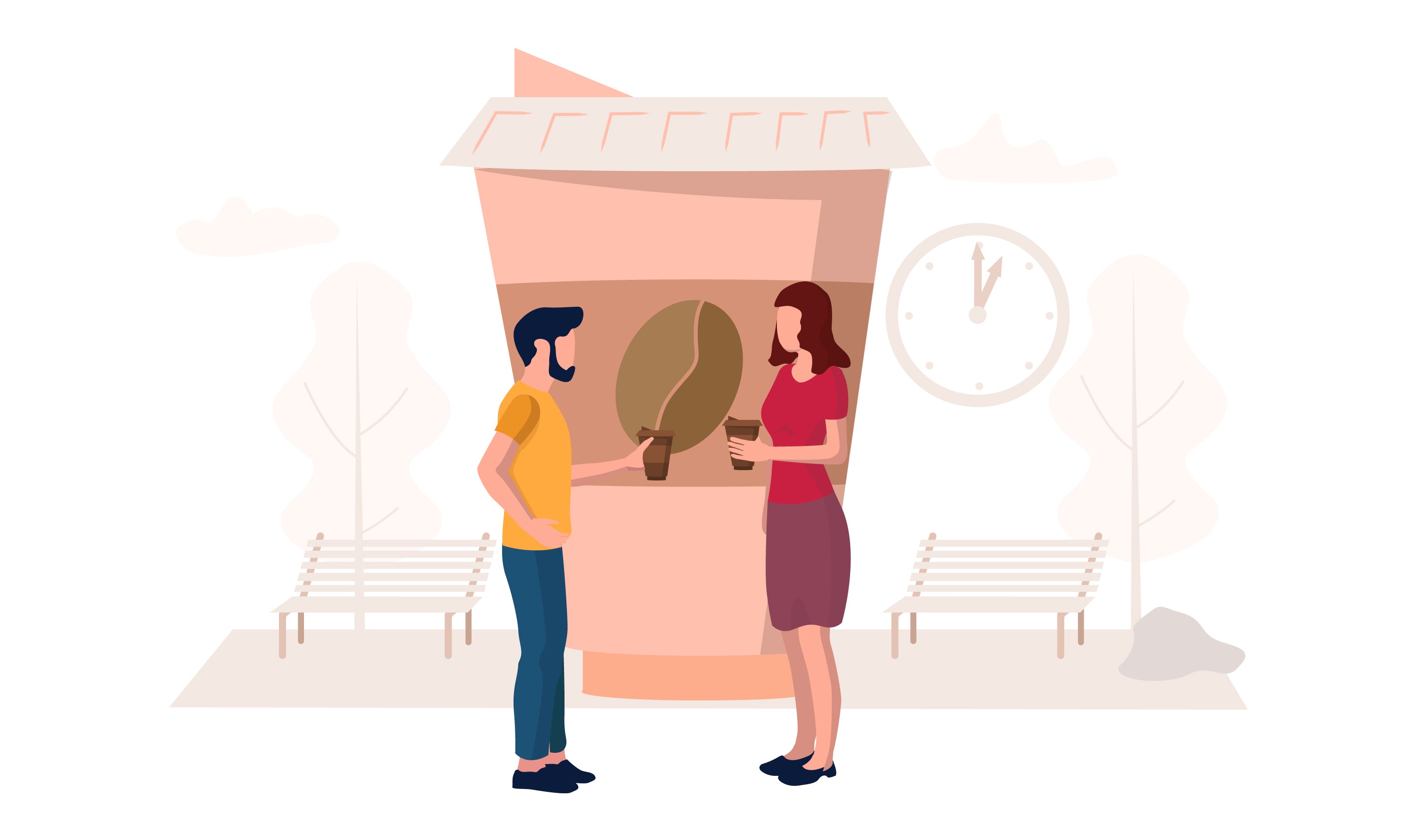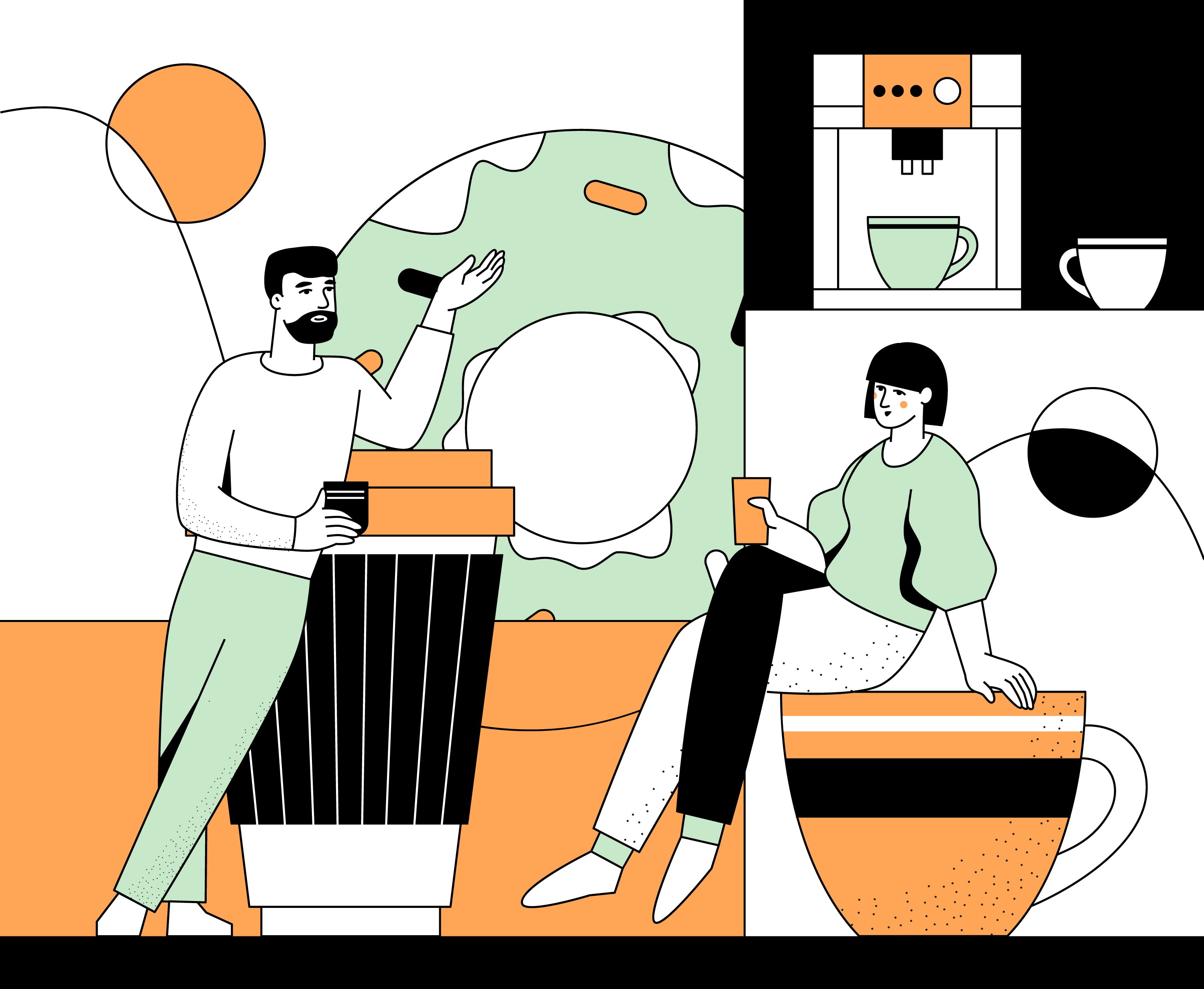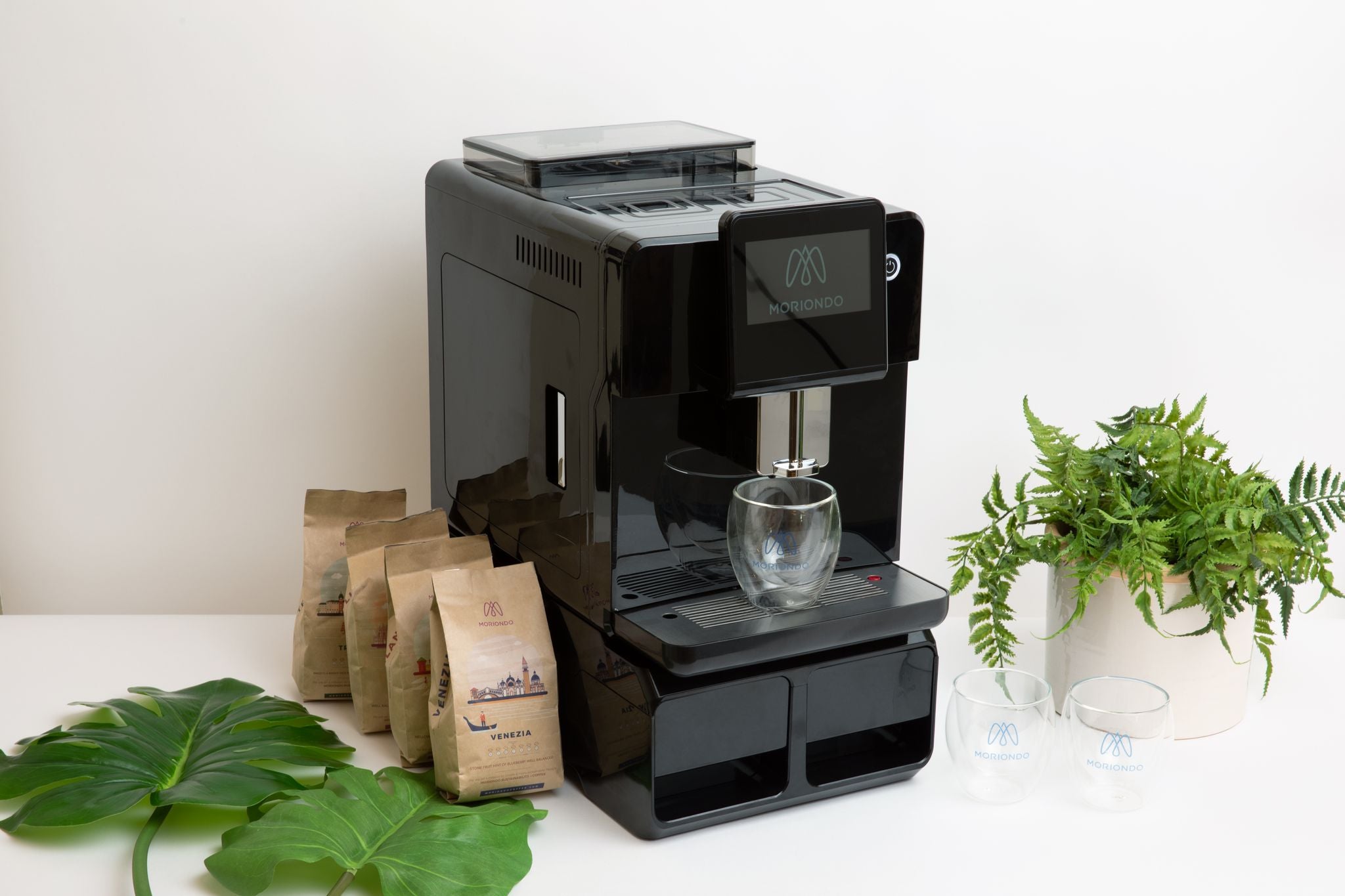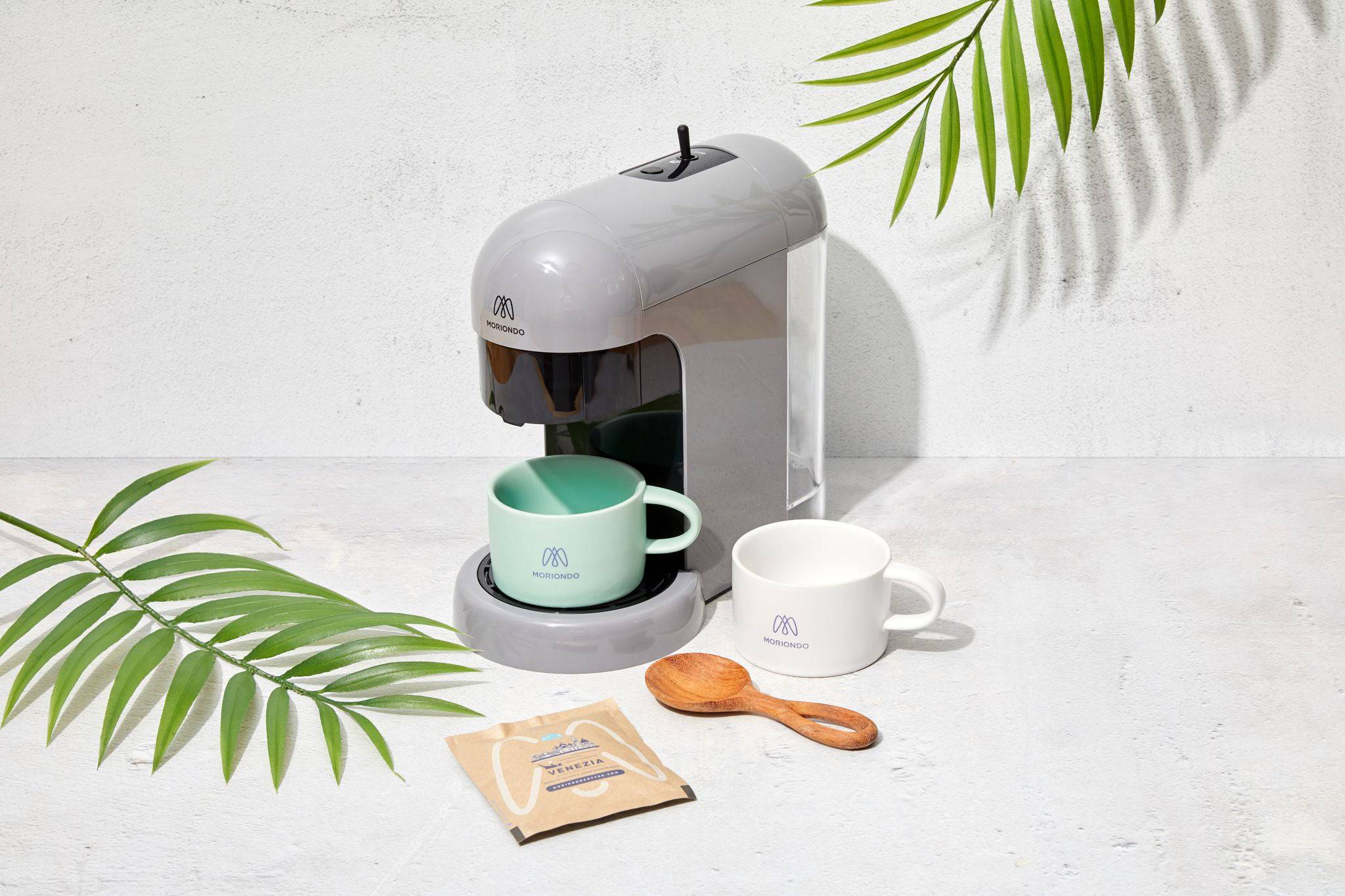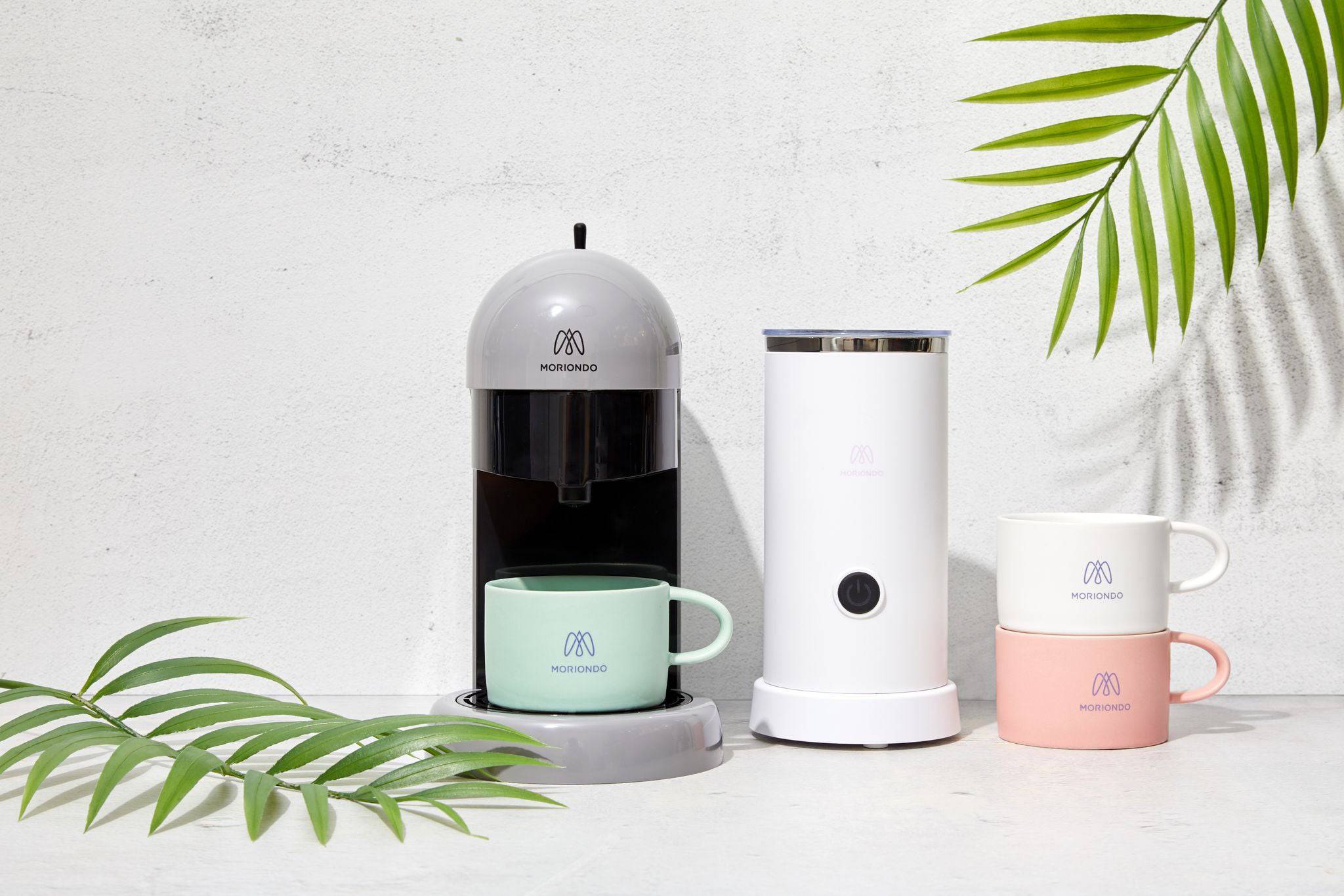What is the Churn Rate for Coffee Subscriptions?
What is a Churn Rate and Why is It Important in the Context of Coffee Subscriptions?

The churn rate, in the context of coffee subscriptions, refers to the percentage of customers who cancel or discontinue their coffee subscription offerings within a specific period of time. It is an important metric for coffee subscription businesses as it provides valuable insights into customer retention and loyalty.
Understanding the churn rate is crucial for several reasons:
Revenue and Growth: A high churn rate can have a significant impact on a coffee subscription model revenue and growth. When customers cancel their subscriptions, it results in a loss of recurring revenue. By monitoring and managing the churn rate, businesses can analyse customer feedback and identify areas for improvement and take measures to retain customers into drinking coffee, ultimately driving revenue growth.Customer Satisfaction and Loyalty: The churn rate serves as a measure of customer satisfaction and loyalty. If a significant number of customers are cancelling their subscriptions, it may indicate underlying issues such as poor product quality, lack of variety, or unsatisfactory customer service. By analyzing the churn rate and identifying the reasons behind customer attrition, coffee shops can make informed decisions to improve their offerings and enhance customer satisfaction, leading to higher customer loyalty.
Costs and Resources: Acquiring new coffee drinkers can be more expensive and time-consuming than retaining existing ones. By reducing the churn rate, coffee subscription businesses can allocate their resources more efficiently. It is generally more cost-effective to retain existing customers by addressing their concerns and preferences rather than constantly acquiring new customers to replace those who have churned.
Business Stability: A consistently high churn rate can be detrimental to the stability and long-term viability of a coffee subscription business. A high turnover of customers who drink coffee can make it challenging to forecast future revenue, plan inventory, and make strategic decisions. By aiming for a lower churn rate, businesses can achieve greater stability, predictability and customer lifetime value, enabling them to make better-informed decisions for growth and expansion.
How is the Churn Rate Calculated for Coffee Subscriptions?

To calculate the churn rate for coffee subscriptions, you need to determine the number of customers who have canceled their monthly subscriptions within a specific timeframe and divide it by the total number of customers at the beginning of that period. The formula for churn rate is as follows:
Churn Rate = (Number of Subscriptions Canceled / Total Number of Subscriptions) * 100
For example, if a coffee subscription service had 500 subscribers at the beginning of the month and 50 subscribers canceled during that month, the churn rate would be:
Churn Rate = (50 / 500) * 100 = 10%
This means that the churn rate for that month was 10%.
How Much is the Coffee Market Worth?
According to the information from Statista, the revenue in the coffee segment is estimated to be US$495.50 billion in 2023. This figure represents the value of the coffee market for the current year.
The coffee market is expected to grow annually by 4.47% between 2023 and 2025. This projected compound annual growth rate (CAGR) indicates that the coffee market is anticipated to continue expanding in the coming years.
The estimated growth rate suggests positive trends and potential opportunities for businesses operating within the coffee industry.
How Big is the Coffee Subscription Market?

According to the Polaris Market Research report, the coffee subscription market had a value of USD 685.81 million in 2022.
Looking ahead, the market is projected to experience significant growth. By 2030, it is expected to reach USD 1,565.3 million, representing an annual compound annual growth rate (CAGR) of 10.9%. This indicates a strong expansion in the coffee subscription market over the next decade.
FAQs
What is the average churn rate for subscriptions?
The average churn rate for coffee subscriptions typically falls within the range of 11%.
Is coffee subscription profitable?
Yes, coffee subscription services can be profitable. By offering a convenient and personalized coffee experience to customers, coffee subscription businesses can generate recurring revenue and build a loyal customer base. However, according to national coffee association, to sell coffee subscriptions, it depends on various factors such as pricing, customer acquisition costs, retention strategies, and operational efficiency.
What is the retention rate for subscription boxes?
The retention rate for coffee subscription box typically falls within the range of 40% to 44%. This indicates that, on average, around 70% to 90% of customers who initially subscribe to coffee boxes continue their subscriptions over a given period.
What is the difference between attrition and churn?
Attrition refers to the gradual loss of customers over time, while churn specifically represents active cancellation. Attrition is passive, while customer churn is voluntary. Both contribute to customer loss in subscription models.
Good Tasting Coffee: How to Identify Coffee Flavors

In order to appreciate the different types of coffee available, it's important to cultivate an awareness of its unique characteristics. Let's take a look at the way coffee connoisseurs judge different cups of coffee.
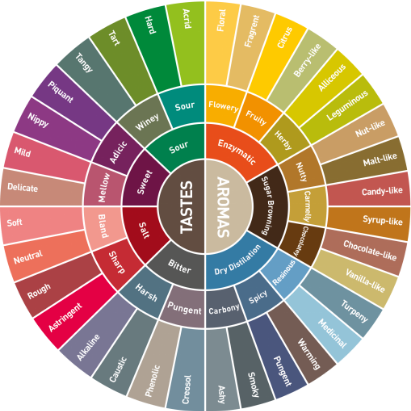
Aroma
The scent of a cup of coffee has a direct influence on how we perceive its flavor. As you drink coffee try to notice if the scent is smoky, fruity, earthy, spicy, nutty or grassy.
Acidity
One of the most defining characteristics of a cup of coffee is its acidity. This is the sharp, bright tangy quality of coffee that perks up our senses. Coffee doesn’t necessarily contain just one type of acid, either. It may contain citric acid, malic acid (fruity in flavor) or even quinic acid from stale coffee, which gives us stomach aches.
Body
This is the weight, thickness and texture of coffee in your mouth. The body of different types of coffee falls on a spectrum of light- to full-bodied viscosity (thin to thick).
Flavor
This is where comparisons come in handy and there is some overlap between aroma and flavor. Your coffee might taste bitter, sweet, savory or sour with common comparisons to chocolate, wine or fruit.
Related Posts
